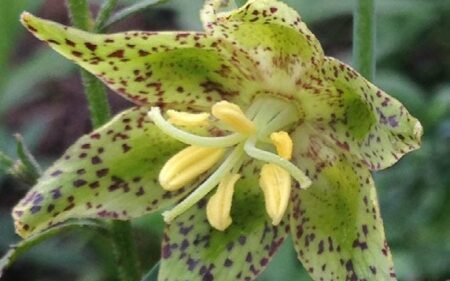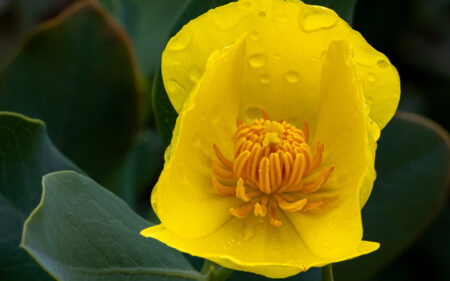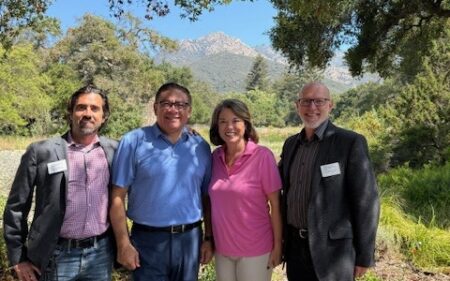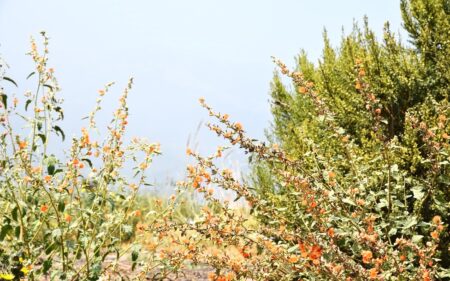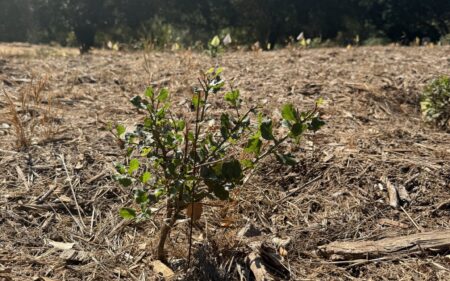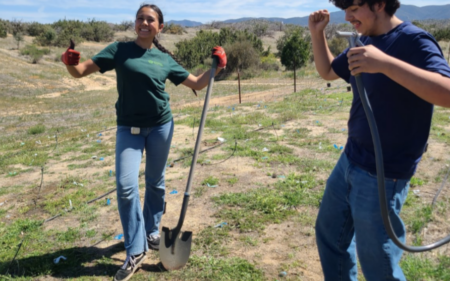Fishing in the Sand: Ryan Tang’s Natural History Internship
During his internship at Santa Barbara Botanic Garden, Ryan Tang spent quality time with a patch of nature. His assignment was simple but open-ended. He had to regularly visit a habitat, closely observe some of its resident animals and record his observations in a field journal. The purpose of the assignment was to give Ryan a chance to catch fish — Lynchian, metaphorical fish.
“…our personal experience of particular places has special value as an immediate, unfiltered, and primary source.” — Donald M. Wall and Susan Flader, from “The Ecology of Place”
“Ideas…exist like fish. And I believe that if you sit quietly, like you’re fishing, you will catch ideas.” — David Lynch
In other words (non-Lynchian words), Ryan’s task was to be a naturalist. He was free to explore the natural history of a place and, through patient observation, arrive at his own ideas, questions, and hypotheses. This practice, a kind of critically engaged nature meditation, can be rewarding for anyone. For an early career ecologist like Ryan, it can also serve as professional training.
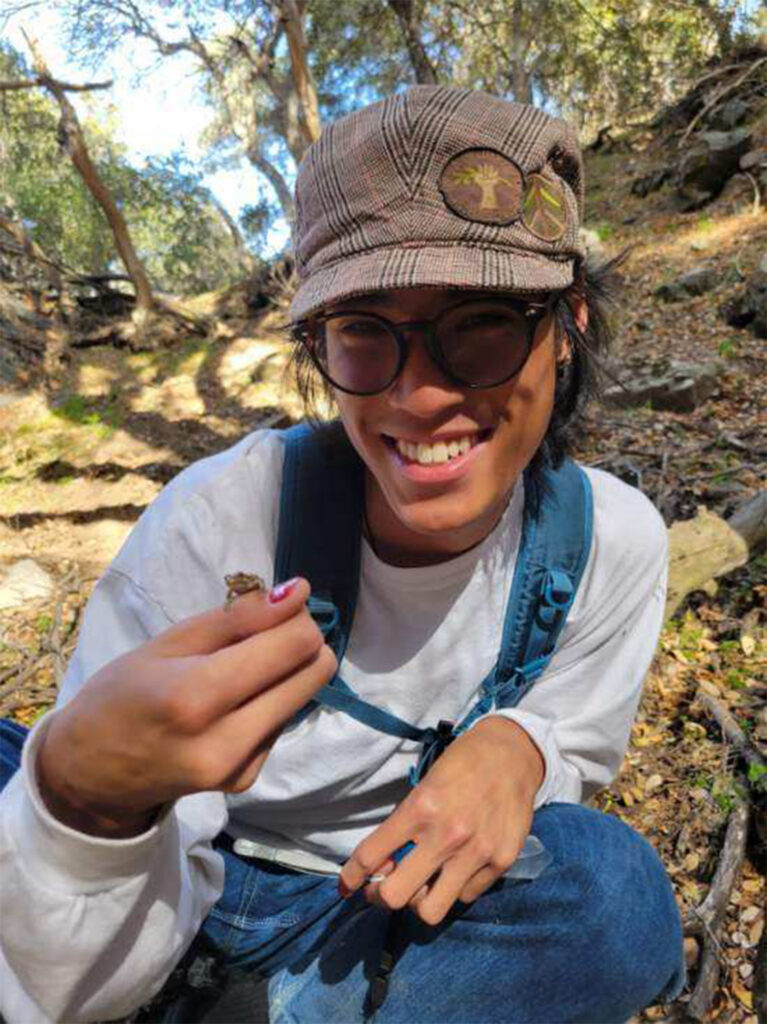
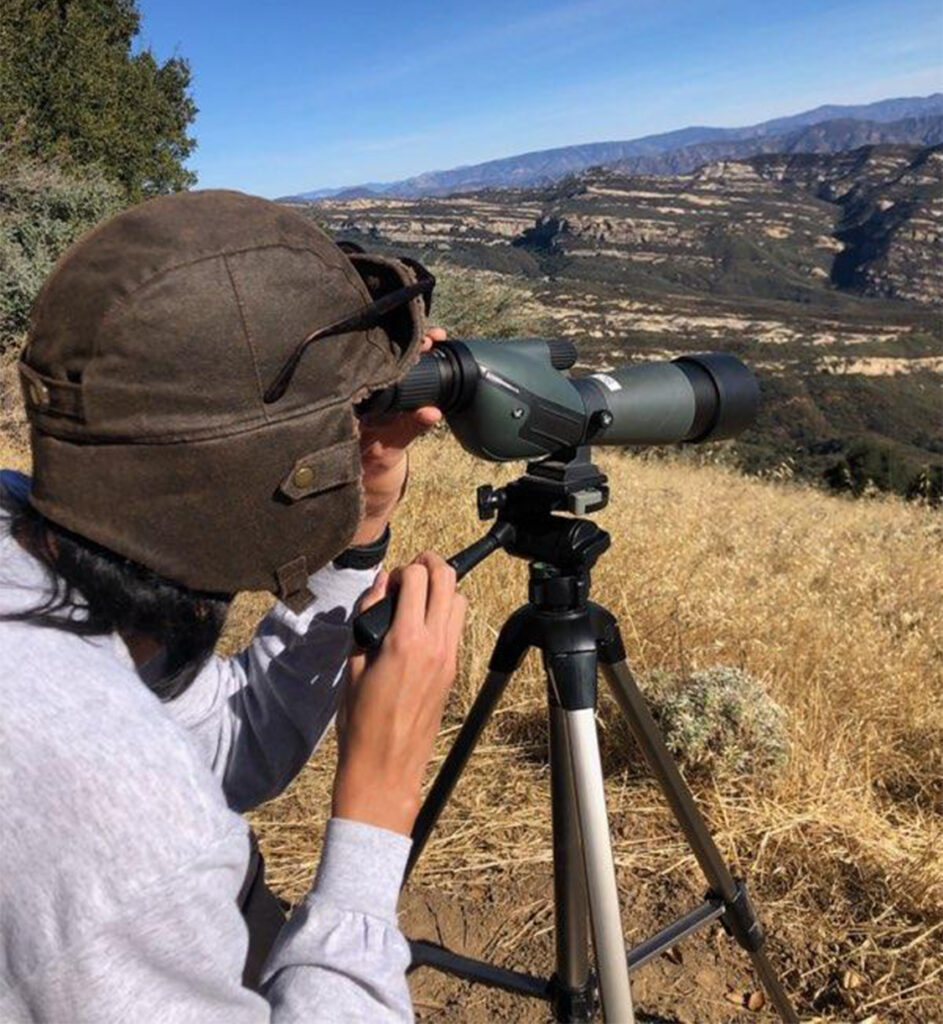
Ryan chose the Disc Golf Course at Elings Park as his patch of nature. A Disc Golf Course might not seem particularly “natural,” but three main factors encouraged Ryan’s decision. First, the location was convenient. As part of his internship, Ryan was already visiting Elings Park to help conduct bird and insect surveys at a restoration site managed by the Garden and Channel Islands Restoration (CIR). Second, the sandy habitat of the Disc Golf Course is home to a population of Harvester ants (Pognomyrmex spp.), a keystone group of native ants that could be a rich centerpiece for natural history observations. Third, Ryan’s supervisor said, “Hey, Ryan, maybe you should go watch those ants on the Disc Golf Course.”
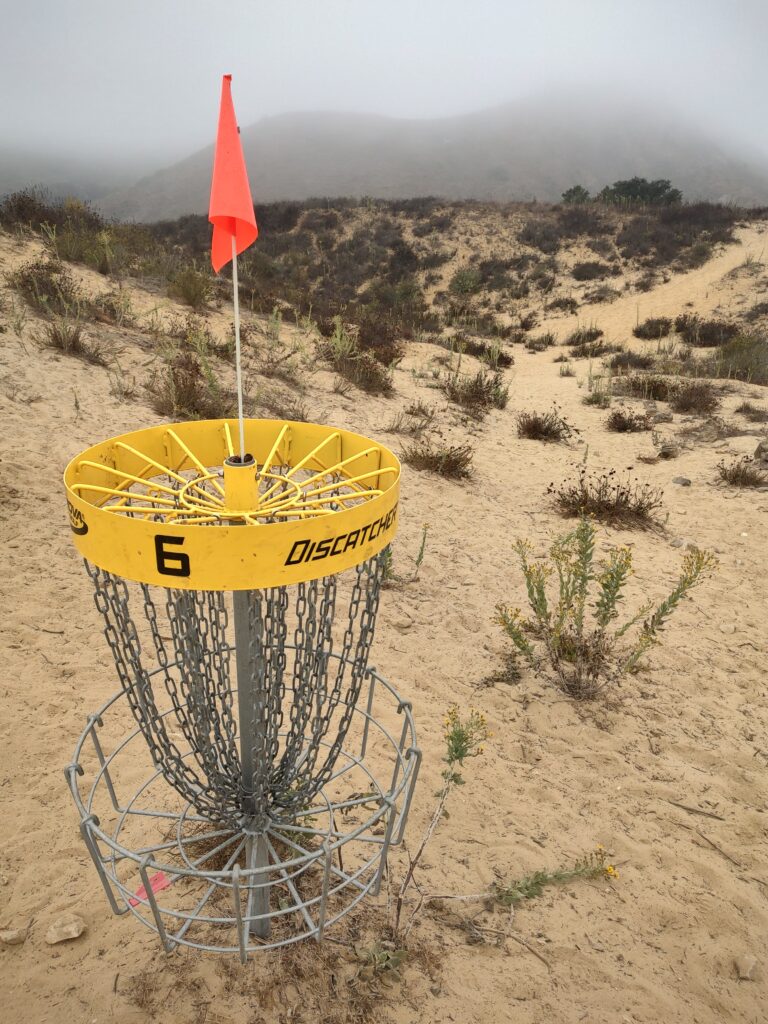
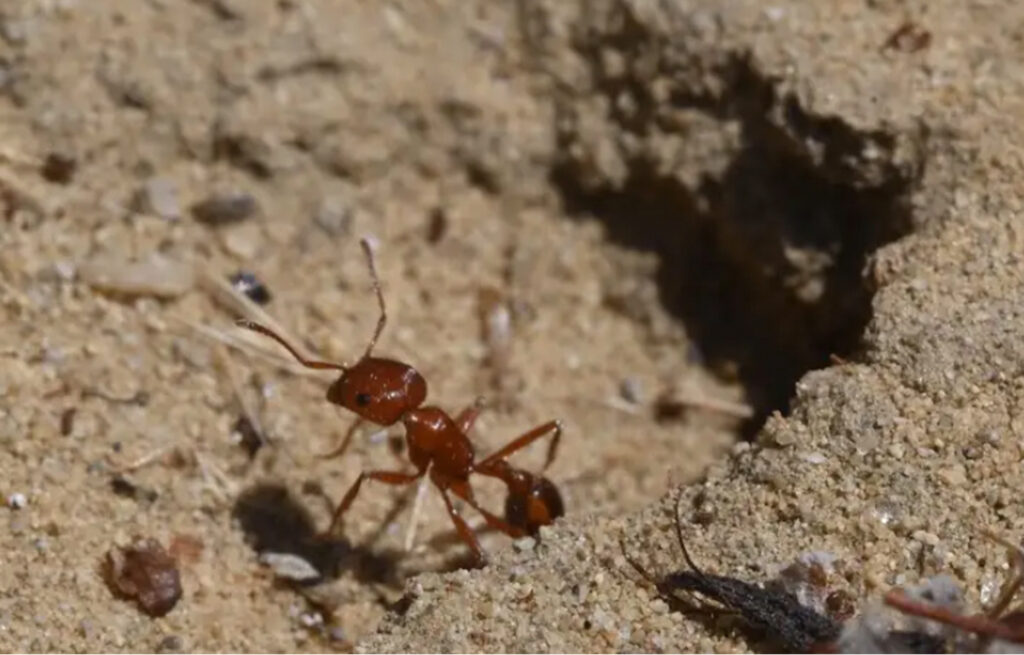
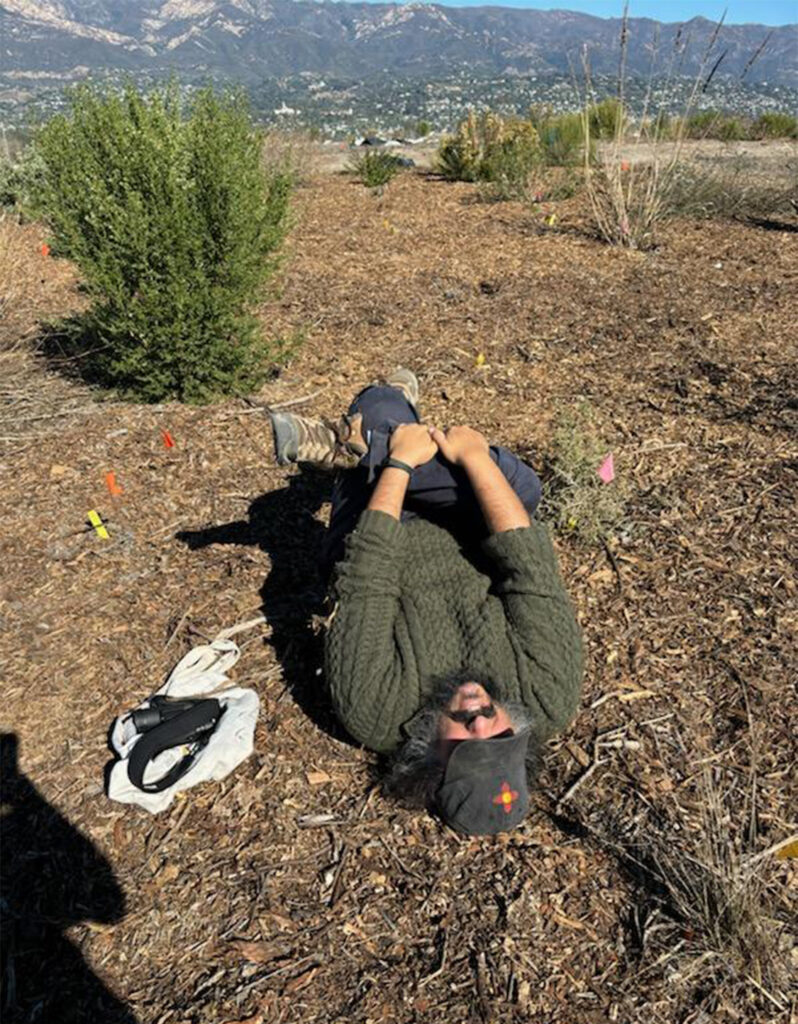
In the summer and fall of 2024, Ryan became a regular figure on the Disc Golf course. He would typically arrive in the morning as the Harvester ant colonies began foraging for seeds, their main food source. Carrying a field journal and camera at the ready, Ryan patiently spied on ants and recorded everything that caught his attention. He followed them to and from their nests, tried to determine what plants they were foraging seeds from, and observed a variety of interactions between them and other creatures. Ryan’s journal quickly filled up with observations and questions, and the questions led to more targeted observations, which led to more focused questions, and so on.

One thread in Ryan’s notes outgrew the others — his frequent observations of the antagonism between Harvester ants and invasive Argentine ants (Linepithema humile). Argentine ants are one of the most destructive invasive animals in California and are common throughout Santa Barbara, including at Elings Park. After watching countless aggressive Argentine ant attacks on Harvester ant nests, Ryan wondered if the latter would eventually be driven out of the habitat. The question was rooted in both Ryan’s scientific curiosity and his growing fondness for the Harvester ants. They’re just so damn cute, and Argentine ants are little monsters.
With the end of his internship fast approaching, Ryan didn’t have time to probe how Argentine ants were affecting the Harvester ant population. He decided instead to lay the foundation for such work and map the locations of the Harvester ant nests. To create the map, which might eventually be used to track colony migrations and deaths caused by Argentine ants, Ryan learned to use the mapping software ArcGIS (see Figure 9). He wanted greater accuracy than he could achieve with a field journal sketch, and he also wanted an excuse to work with ArcGIS, a common tool used in conservation and ecological research.
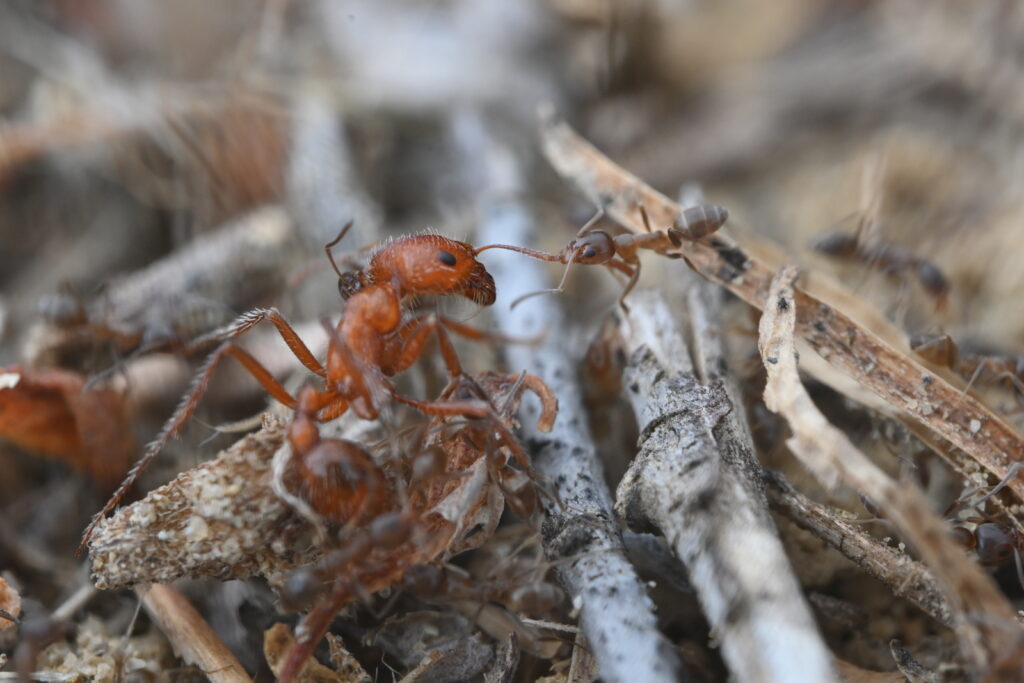
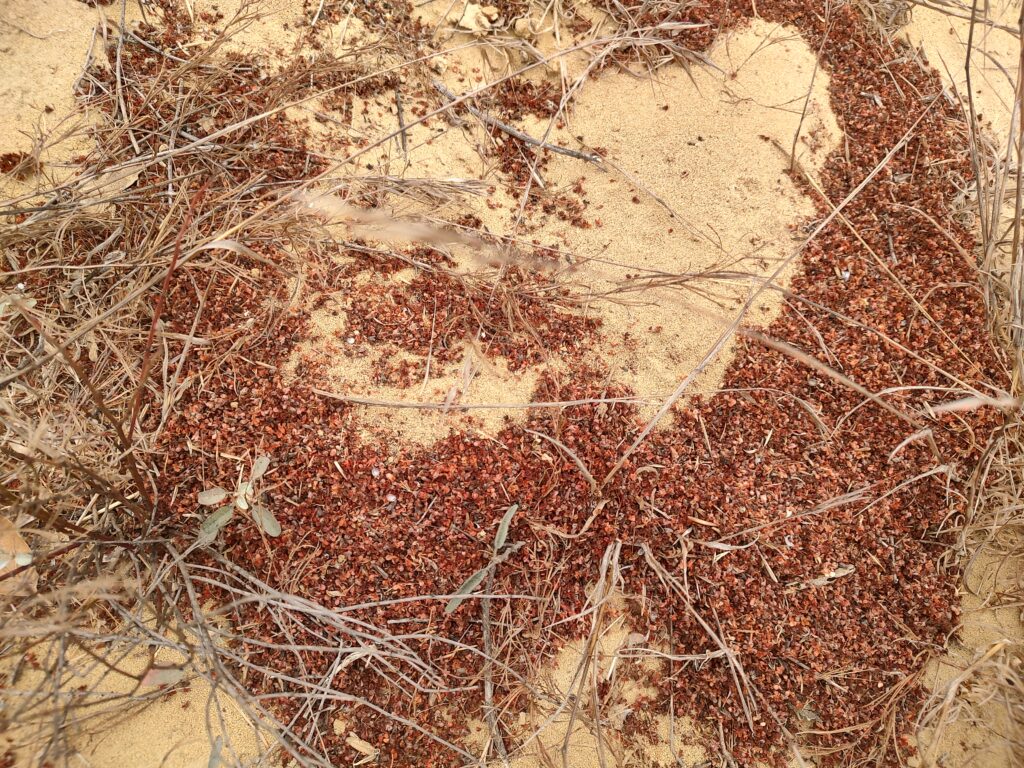
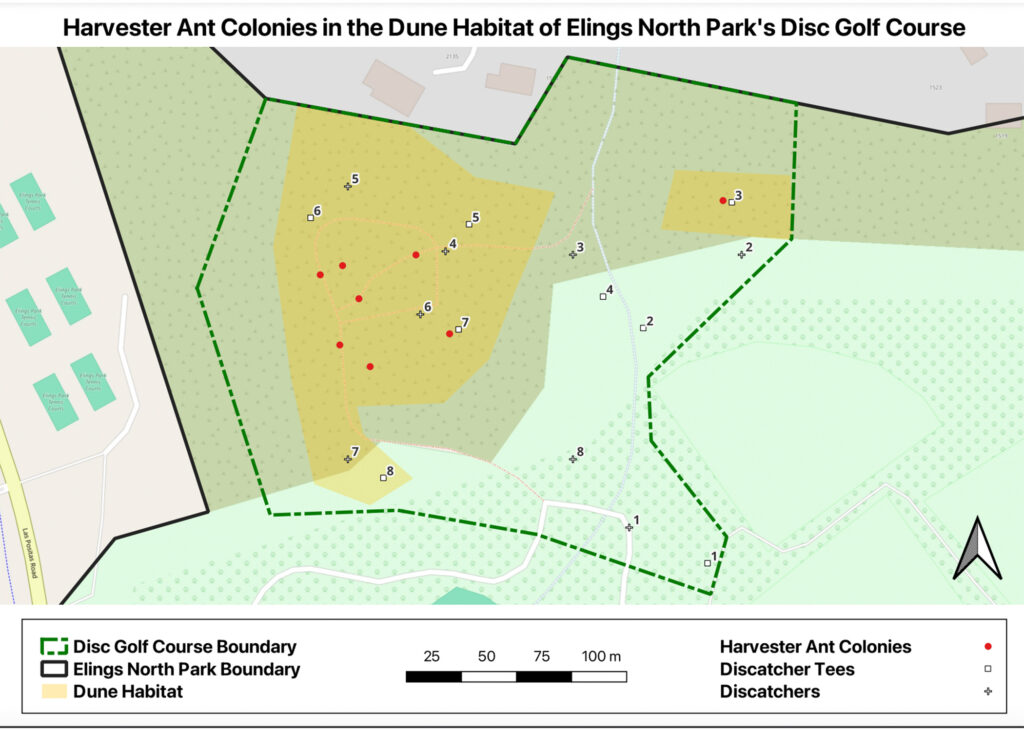
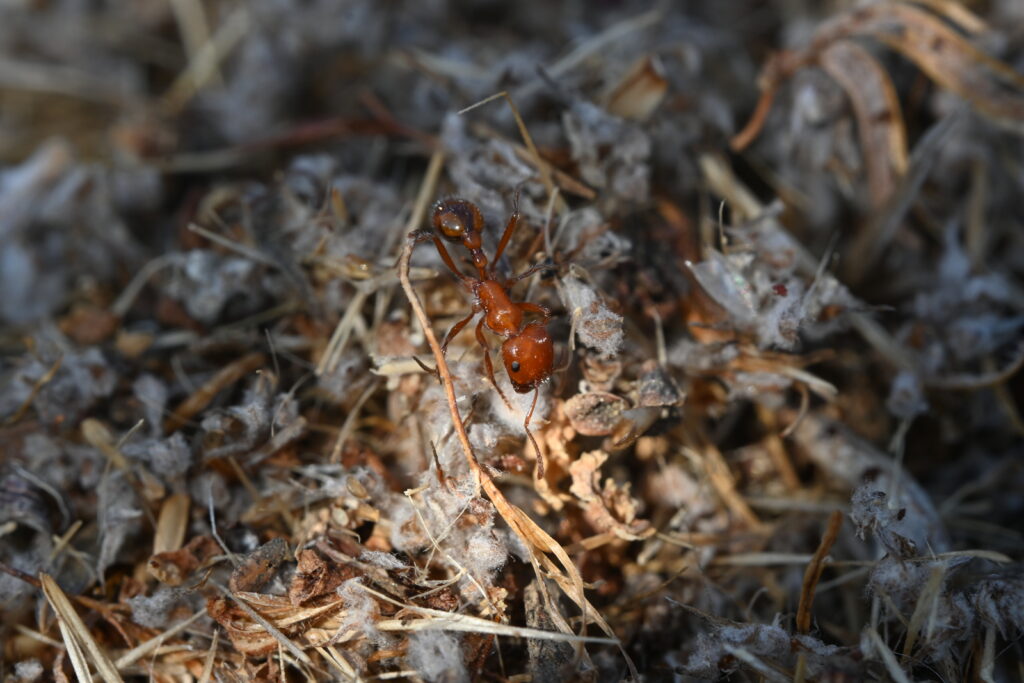
Soon after he completed the map, Ryan’s internship ended. During his time at the Garden, he worked on a variety of conservation projects, learned fundamental survey methods in ecology, and gained valuable experience in the field. Perhaps more importantly, Ryan communed with a patch of nature and let his curiosity guide him toward a question. As the old proverb goes, “If you give an ecologist a Lynchian fish…”
Ryan has since graduated from the University of California Santa Barbara with a B.S. in Zoology and is pursuing a career studying nature. He is still blessed and cursed with visions of ants.
Acknowledgements: Thanks to Maxwell/Hanrahan Foundation for supporting the Conservation & Research Internship Program, Dean Noble for giving us permission to wander around the Disc Golf Course at Elings Park, Hugh Ranson for pointing out the Harvester ants, and Maria Job and Lauren Harris for revisions.
Works Cited
The Ecology of Place, edited by Ian Billick and Mary V. Price. The University of Chicago Press. 2010.
 Donate
Donate